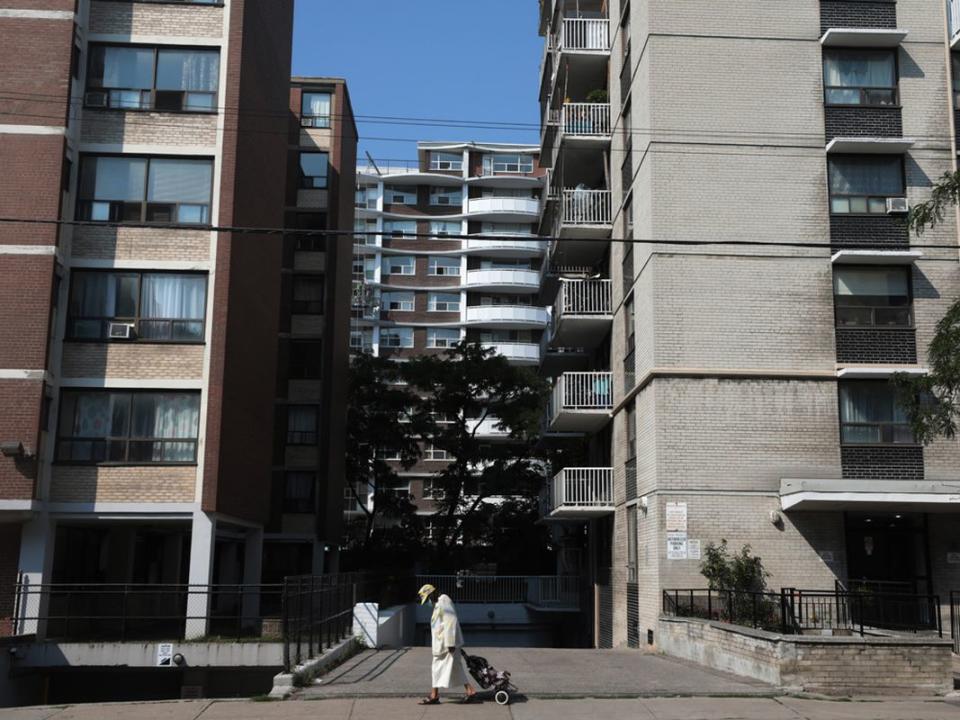Global investors sensing opportunity in Canada's housing shortage: Colliers

Canada’s housing shortage is starting to draw the attention of global investors who are likely to favour Canadian multi-family properties in 2024, a major real estate investment management firm says.
Colliers’ Global Investment Outlook Report for 2024 is predicting that, as Canada’s high level of inward migration increases demand for residential real estate, exacerbating an imbalance between available housing and the needs of the growing population, international investors will sense an opportunity.
Statistics Canada reports that from 2016 to 2021, Canada’s population growth nearly doubled that of the next fastest-growing G7 nations, the United Kingdom and United States, and was almost five times higher than that of France and Germany.
Earlier this month, the federal government said it would maintain its goal of welcoming 485,000 permanent residents in 2024, progressing toward an ultimate target of 500,000 by 2025.
The Colliers report identifies Calgary, Vancouver, and Toronto as Canada’s prime investment cities, noting that even though overall rents have not caught up to surging market rates, there remains significant value and potential for investors in apartments and condominiums not subject to rent controls.
“Despite low tenant turnover stretching out this mark-to-market realization, the multi-family sector remains highly desirable to investors,” the report said.
Adam Jacobs, Colliers senior national director of research, said that investors are starting to move away from traditional assets like office space.
“If you’re an investor, you’re looking and saying, ‘So even a fairly well-off person maybe can’t afford a house,’” he said. “Apartments are looking like a pretty attractive investment here just in terms of supply and demand. There’s been so much up-and-down for office, which is maybe the more traditional institutional asset to own but people are showing a lot more interest in apartments. Investors are thinking, ‘This has got to be guaranteed.'”
Population growth and high immigration levels means the next few years are likely to be “safe,” he added.
Although there is growing global interest in the multi-family market, Jacobs said that many established entities, including key figures in the Canadian institutional sector, have remained on the sidelines for an extended period.
That, however, is starting to change.
“We’re starting to field calls from clients who want to be notified when distressed assets hit the market,” said Lucas Atkins, Colliers’ president of capital markets.
“There’s research that says there’s actually a lot of money on the sidelines ready to be invested in real estate. It’s just that the problem is the inability to agree on the price and the stalemate around that,” Jacobs added.
The realization that high interest rates will persist for some time, as indicated by statements from the U.S. Federal Reserve and the Bank of Canada, should give Canadian investors the certainty they need to get off the sidelines.
Homebuyers seek out houses with rental potential to offset mortgage costs
Ottawa aims to head off looming mortgage cliff with relief for borrowers
New purpose-built rental units are coming, but they won't be cheap
“If that’s the case, we need to make some adjustments and start doing some deals again, instead of just waiting and waiting for the rate cut,” Jacobs said.
• Email: shcampbell@postmedia.com
Bookmark our website and support our journalism: Don’t miss the business news you need to know — add financialpost.com to your bookmarks and sign up for our newsletters here.

 Yahoo Finance
Yahoo Finance 